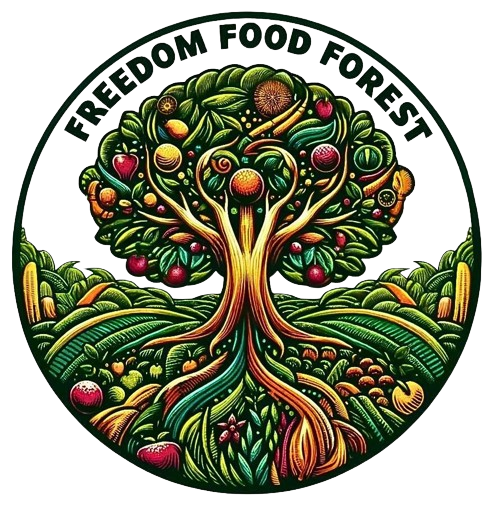The Basics of Starting a Food Forest in Southwest Florida
Understanding the Basics
Creating a food forest in Southwest Florida is an exciting and sustainable way to grow your own food, restore natural habitats, and build a resilient ecosystem. This blog post will guide you through the basics of starting your own food forest in this unique subtropical region.
A food forest is a diverse planting of edible plants that mimics the ecosystems and patterns found in natural forests. It includes different layers such as canopy trees, understory trees, shrubs, herbs, ground covers, vines, and root crops. The goal is to create a self-sustaining, low-maintenance, and productive ecosystem.
1. Assess Your Site
Before planting, evaluate your site to understand its unique characteristics:
Soil: Southwest Florida typically has sandy soil, which drains quickly but may lack nutrients. Conduct a soil test to determine its pH and nutrient levels. You might need to amend the soil with compost or other organic matter.
Sunlight: Most food forest plants need plenty of sunlight. Identify the sunniest areas and note any shaded spots.
Water: Check the water availability and drainage. Southwest Florida can have both wet and dry seasons, so plan for irrigation during dry periods and consider installing rainwater harvesting systems.
2. Design Your Food Forest
Designing a food forest involves planning the layout and selecting appropriate plants. Here are the layers to consider:
Canopy Layer: These are the tallest trees, such as avocado, mango, and pecan. They provide shade and create microclimates.
Understory Trees: Smaller trees that thrive in partial shade, like citrus, mulberry, and guava.
Shrubs: Berry bushes like blueberry, raspberry, and elderberry.
Herbaceous Layer: Herbs and vegetables such as mint, basil, oregano, and perennial greens.
Ground Cover: Low-growing plants that protect the soil, like sweet potatoes, strawberries, and clover.
Vines: Climbing plants that can grow up trees or trellises, such as passion fruit, grapes, and beans.
Root Crops: Plants that grow underground, like turmeric, ginger, and garlic.
3. Selecting Plants for Southwest Florida
Choose plants that are well-suited to the subtropical climate of Southwest Florida. Here are some recommendations:
Fruit Trees: Avocado, mango, citrus (like oranges and lemons), guava, papaya, and banana.
Nut Trees: Pecan and macadamia.
Berries: Blueberry, raspberry, and mulberry.
Perennial Vegetables: Chaya, Malabar spinach, and katuk.
Herbs: Rosemary, thyme, mint, and lemongrass.
Ground Covers: Sweet potatoes, peanuts, and comfrey.
4. Preparing the Soil
Good soil preparation is crucial for a successful food forest. Here’s what you can do:
Add Organic Matter: Incorporate compost, aged manure, and mulch to improve soil fertility and structure.
Mulching: Apply a thick layer of mulch to retain moisture, suppress weeds, and add organic matter as it decomposes.
Cover Crops: Grow cover crops like clover or legumes to fix nitrogen and improve soil health.
5. Planting and Maintenance
Plant in Layers: Start by planting canopy trees and then add understory trees, shrubs, herbs, ground covers, and vines.
Watering: Water new plants regularly until they are established. Use drip irrigation or soaker hoses to conserve water.
Mulching: Reapply mulch as needed to maintain a thick layer around plants.
Pruning and Thinning: Regularly prune trees and shrubs to maintain their shape and health. Thin out plants to prevent overcrowding.
Pest Management: Encourage beneficial insects by planting a variety of flowering plants. Use organic methods to manage pests if needed.
6. Embracing Biodiversity
A food forest thrives on biodiversity. Include a variety of plants to attract pollinators and beneficial insects. Companion planting can also help improve plant health and yield.
Conclusion
Starting a food forest in Southwest Florida requires careful planning and a commitment to sustainability. By understanding your site, selecting appropriate plants, and following the principles of permaculture, you can create a thriving, productive, and low-maintenance ecosystem. Happy planting!

